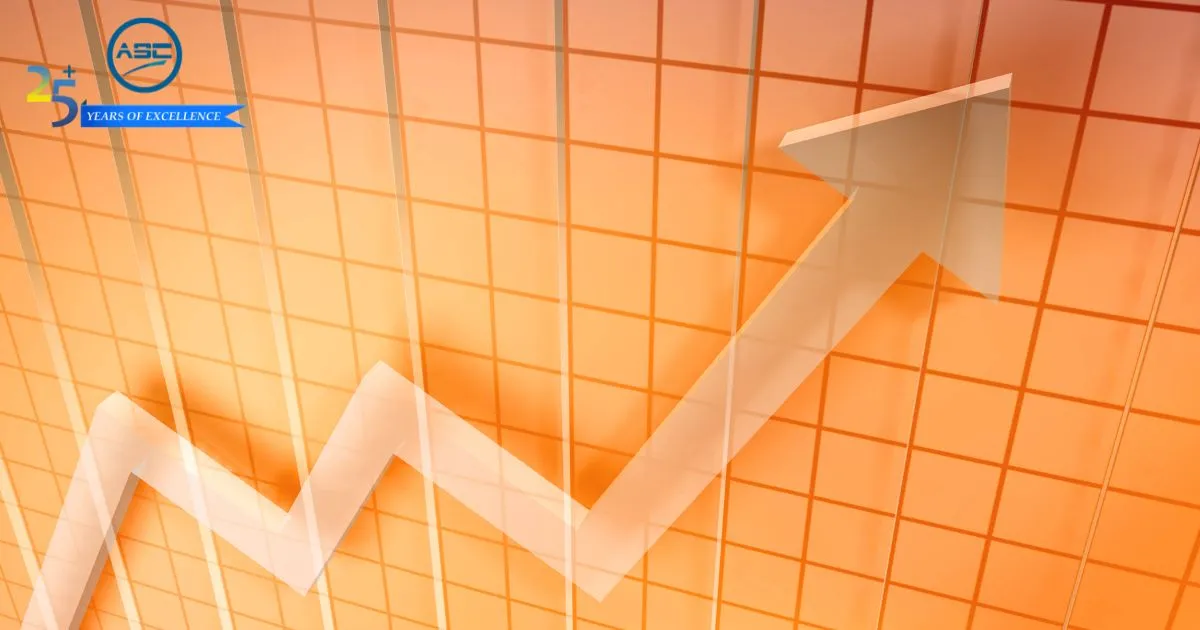SENSEX Performance: Analyzing Stock Market Returns of Last 20 Years

Most people fear the outcome and uncertainty. Stock market performance is the best example you can quote that truly reflects the uncertainties of life. The world has been through multiple recessions and stock market crashes in the last 100 years. When things went south, many investors fell prey to anxiety and exited the market. Only if they would have checked the past performance of stock markets, they would have realized that patience was the best answer during that time. Let’s take a look at the performance of Sensex in the last 20 years.
SENSEX PERFORMANCE IN THE LAST 20 YEARS |
||||
|
Opening Date |
Sensex Points |
Closing Date |
Sensex Points |
Gain/Loss |
|
01-04-2003 |
3081 |
31-03-2004 |
5591 |
81.47% |
|
01-04-2004 |
5741 |
31-03-2005 |
6493 |
13.10% |
|
01-04-2005 |
6605 |
31-03-2006 |
11280 |
70.78% |
|
01-04-2006 |
11564 |
31-03-2007 |
13072 |
13.04% |
|
01-04-2007 |
12455 |
31-03-2008 |
15644 |
25.60% |
|
01-04-2008 |
15627 |
31-03-2009 |
9709 |
-37.87% |
|
01-04-2009 |
9902 |
31-03-2010 |
17528 |
77.01% |
|
01-04-2010 |
17693 |
31-03-2011 |
19445 |
9.90% |
|
01-04-2011 |
19420 |
31-03-2012 |
17404 |
-10.38% |
|
01-04-2012 |
17478 |
31-03-2013 |
18836 |
7.77% |
|
01-04-2013 |
18865 |
31-03-2014 |
22386 |
8.66% |
|
01-04-2014 |
22446 |
31-03-2015 |
27957 |
24.55% |
|
01-04-2015 |
28260 |
31-03-2016 |
25342 |
-10.33% |
|
01-04-2016 |
25270 |
31-03-2017 |
29621 |
17.22% |
|
01-04-2017 |
29910 |
31-03-2018 |
32968 |
10.22% |
|
01-04-2018 |
33255 |
31-03-2019 |
38672 |
16.29% |
|
01-04-2019 |
38871 |
31-03-2020 |
29468 |
-24.19% |
|
01-04-2020 |
28265 |
31-03-2021 |
49509 |
75.16% |
|
01-04-2021 |
50029 |
31-03-2022 |
58568 |
17.07% |
|
01-04-2022 |
59276 |
31-03-2023 |
58991 |
-0.48% |
|
CAGR |
15.91% |
|||
What does the above chart depict?
Whenever we look back, we realize that we worried too much about the things that didn’t really matter.
The stock market returns in India were positive for most of the years. The stock market performance in the last financial year was relatively poor owing to certain international and macroeconomic factors. The CAGR of 15.91% is a good return considering that the fixed deposits provide a maximum of 5%-7% per annum returns while the inflation rate is also around 6%-7% per annum. CAGR denotes the average return in stock markets in India. Most investors would have made handsome profits and would have covered their downfall if they just stayed invested for some more time.
The recent Covid-19-induced downfall is a good example to depict how things work. The stock market witnessed a V-shaped recovery and bounced back after the lockdowns. You can see from the above chart that while the stock market returns were -24.19% (29468 points) in the financial year closing 31st March 2020, it provided a whopping 75.16% (49509 points) returns in the immediate next financial year ending 31st March 2021.
Also, Check "BIS Consultant in Delhi"
In a Nutshell
In the long run, stock markets can provide lucrative returns that beat most of the fixed income instruments. But if you wish to minimize your risk while also earning market-linked returns, then you can invest in Nifty BeEs or Systematic Investment Plans. They reduce your risk by diversifying your portfolio through investing in equities of multiple companies. Further, it is professionally managed by expert fund managers. We can apply these stock market lessons in all the major spheres of our lives. If you want more useful and insightful knowledge and information, reach out to the ASC Group.
Also, Read - Bonus Issue of Shares

Leave a Reply